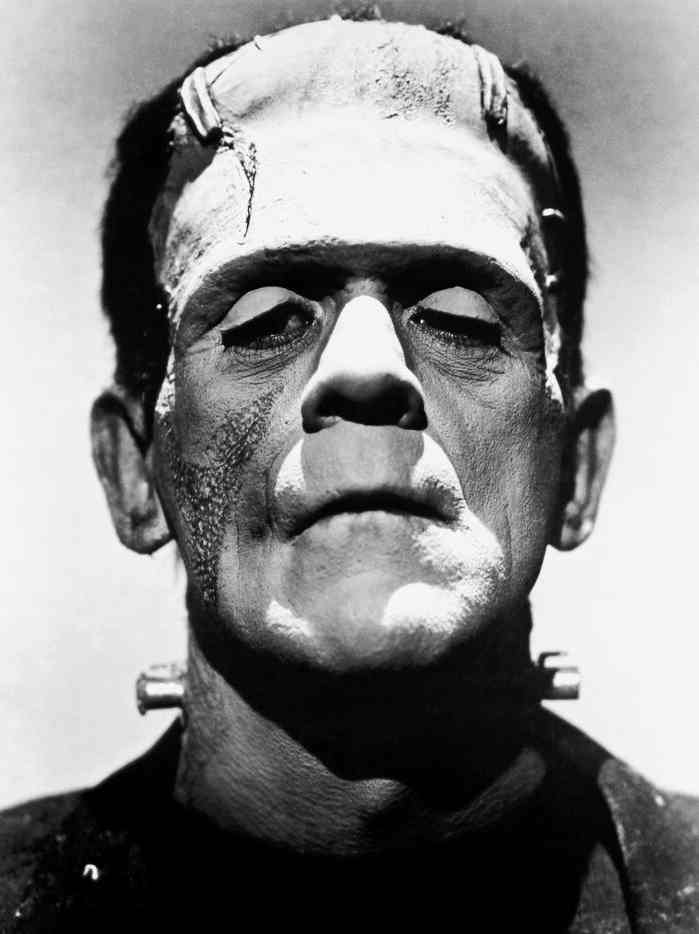
Monsters Inc. is not your typical monster movie. The monsters in this movie look like monsters but only act scary because it is there job to be scary so that they have power for their to city. In the end they realize that they can use laugher to power their city instead. The monsters that they can thank for that are James "Sulley" Sullivan, Mike Wazowski, and Boo, the human child. Without everything they went through they never would have known that they don’t need screams. Sulley and Mike did everything that they could to project Boo and get her home before anyone found her and tried to hurt her because there were bad monsters in there city that were not so nice to other monsters and they were not nice to the humans that they scared when they went through their doors. So what is it that makes Sulley and Mike so different?
The idea of monsters in our culture has evolved and been changed for so long that we are now able to acknowledge them in ways beyond their classic, simple, scariness. A very recent film that both lampoons and honors monsters and monster culture is Pixar’s Monsters Inc. The opening scenes are designed to look dark and scary, with silhouettes and glowing eyes, the scene quickly breaks down into a comedy, setting the lighthearted tone for the whole movie. However, in every story, the interest comes from conflict. In Monsters Inc. the enemies come in the form of Randall, a competing monster, and Henry Waternoose, the head of the company. We have now entered a sort of meta-monster story, in which there are monsters among monsters. How does the setting in which ALL characters are [visual] monsters affect our perceptions of them? In this world where everyone is a monster, what makes the villains more monstrous than the heroes?
In the Monster Inc. the main characters James “Sulley” Sullivan and Mike Wazowski both have monster looking appearances but they do not have evil hearts. In this movie, we no longer see any mysterious murdering, blooding scenes or anything relating to violence. There are more funny stories and moving scenes being showed on two little ugly monsters Sulley and Mike. We see Sulley and Mike as monsters but they both see the little girl, Boo as a monster. Nevertheless, they try to protect her and send her back in her door before anybody sees them. From this act, we can see that not all of the monsters are really monsters in the city. Generally, people judge abnormal species as monsters because we know nothing about their species. If we learn to understand all those monsters and react to them properly, they would not seem like such monsters. Similarly, Sulley and Mike have shown us that not all monsters are always bad. “Seeing is believing,” if we see Sulley and Mike as good monsters then we can believe that there is hope for other monsters like them. We cannot judge anybody by our first impression; we need to learn more about them before passing final judgment on them. How would things be different if the kids were not scared of the monsters coming out of their doors if they knew that they only did it because they had to?
This makes one wonder when they watch this movie. Thinking why do they do what they do if they are not evil? Why didn’t they do just use laughter all the time instead of scaring all these kids? You can get a kid to laugh a lot easier than getting them scared all the time? I mean after a while the kids will learn something is going to come out of their closest and scare them and be ready for it and learn to not be scared and so the monsters can’t get their power. I don’t know a kid that does love to laugh and have someone make them laugh. So in the best interest of the monsters power supply they should just make them laugh and get the power that way.
Group 6: Carlos Hyde, Megan Iverson, Eric Ringman, and Zuoqi “George” Sun







